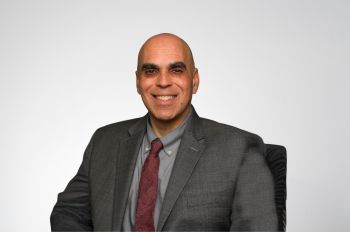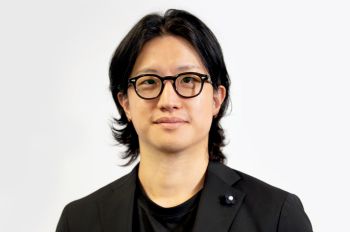2014 Parker Chainless Challenge
A team of IIT Armour College of Engineering undergraduate students competed at the 2014 Parker Chainless Challenge held at the Orange County Great Park in Irvine, California on April 9-11, 2014. The Chainless Challenge is sponsored by Parker Hydraulics Group as a way to attract bright young minds to the world of hydraulics. Parker provides expert assistance, funding and Parker products to support the student teams in preparing their vehicles for the competition.
Teams are tasked with designing a human assisted, fluid powered, vehicle traveling on two, three, or four wheels to compete in various events including a sprint race/team relay, efficiency challenge, and time trial race, among others.
This year, ten teams competed for their share of $25,000 which were distributed amongst the winners. The team from Armour College consisted of: Joshua Buck (MMAE ’14), Carl Ferrario (MMAE’17), Bob Meyer (MMAE ’14), Emanouel Milanov (MMAE ’16), Daniel Milewski (MMAE ’14), David Moreno (MMAE ’14), and Sean O’Halloran (MMAE ’14).
This year was the third time Armour College of Engineering undergraduate students participated in the Challenge. The 2013 team, which consisted of Joshua Buck, Bob Meyer, Daniel Milewski, David Moreno, and Sean O’Halloran, was invited back to compete this year after winning all six of the design awards and placing third in the overall competition. The team used their winnings from last year to build this year’s bike, and to help cover transportation costs to the competition in California.
The team stood out among the competition because they had designed and built the bike completely on their own time. Other schools use the competition as a project for their senior design course and received support from the entire class. Armour College of Engineering Dean, Natacha DePaola, applauded the group’s self-sufficiency. Dean DePaola explained, “It is important for students to take on projects in addition to the regular curriculum. It shows a drive and determination that employers look for.”
This year the team arrived at the competition riding high on last year’s success. They assembled their bike and did some test runs to make sure everything was running smoothly before their bike was judged in the design event. The design event was the culmination of a year of sending design plans to engineers and designers at Parker and was the first time judges saw the finished bikes in person. Buck noted, “The day of the competition, the judges stated that they loved the bike we created. They even asked if we could ride our bike in order to demonstrate how it works.” Feeling confident in their design the team obliged. Unfortunately, showing off the bike to the judges was a decision that the team would come to regret.
After judging, it came time for the sprint race/team relay. The team was riding the bike over to the start line when they heard a large popping noise originating from the internal gear hub, a crucial piece of the bike’s design. After quickly diagnosing the problem, the team completed some repairs in time to start the sprint race. Unfortunately the bike only made it about 30 feet before the hub completely failed.
The team spent the next event, the efficiency challenge, creating a fix for the failed driving mechanism in the wheel’s hub. They eventually came up with a temporary solution so they could compete in the final event, the endurance competition. “The quick fix added friction that caused additional stress on the system,” Buck explained. The additional stress caused the hub to fail .75 miles into the endurance race. Unfortunately the team was unable to complete any of the races at the competition.
As the team was leaving the competition that day with dashed hopes, they were approached by one of the judges. He notified them that their bike had swept the design awards again this year, however the judging would be re-calculated since they were unable to complete a race. The team was still able to place second in Cost Analysis, 3rd in Midway Review/Paper/Final Presentation, and 4th in Manufacturability/Marketability.
After the awards ceremony Craig Maxwell, Corporate Vice President of Technology and Innovation for Parker, approached the Armour College of Engineering team and told them their design was by far the most innovative. He applauded the efficiency of the entire system compared to the other bikes. He proceeded to give the students on the Armour team his card and told them to contact him directly if they wanted to put their innovative minds to work for Parker.
Emanouel Milanov and Carl Ferrario are the underclassmen of the group and plan on continuing with the project next year. The team learned a lot from this year’s competition. Milanov commented, “There is not always going to be a happy ending. We worked on the bike all year to have it break in the early stages of the competition. Next year we have to do extensive testing so that we are sure everything on the bike works the way it is supposed to.”
For next years bike: “Prepare for a stripped down machine that focuses on weight and simplicity as a main design aspect, we also need to develop a more robust regenerative braking system,” explained Ferrario.
Dreaming big and thinking outside the box are important components to innovative thinking. With the improvements the team’s plans to make, they are sure they will be able to pedal circles around the competition next year.




